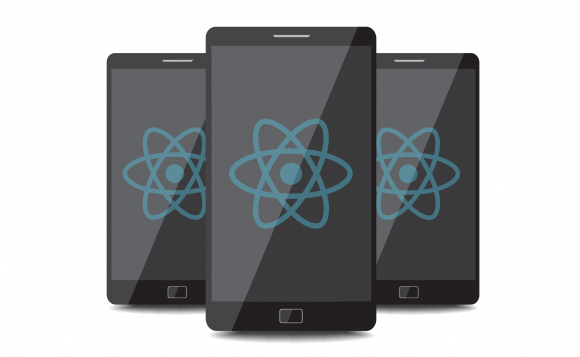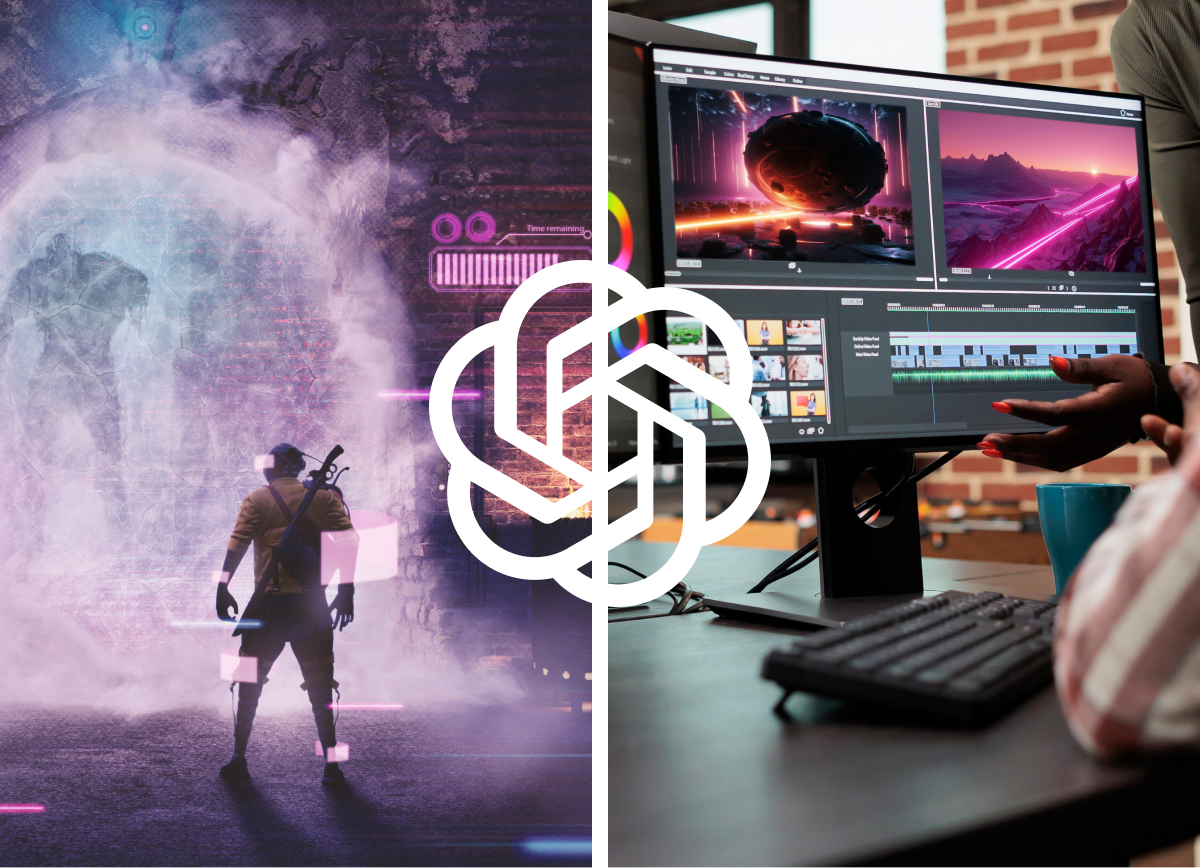
There is no denying that mobile applications have taken over the software world. And with handheld devices becoming more powerful every day (following user demands and increased market), mobile application developers are always finding, developing and testing new ways of creating and maintaining applications which fit user requirements. As new concepts in life become digitized, developers are also always searching for better ways of developing apps, which means swift mobile app development, excellent app performance and reduced deployment periods. React Native offers that kind of platform.
So, what is React Native anyway? In essence, React Native is a development paradigm built for mobile app development which enables coders to reuse their code instead of having to come up with new ones. Any coder in the world will tell you how great that is. But to prove how efficient and necessary React Native has become, here are some of the most popular mobile apps in the world which use React Native.
An interesting fact about React Native is that it was a Facebook project. It stemmed from a hackathon project which was held to come up with solutions for the company’s demands. Undoubtedly, then, Facebook is among the biggest benefactors of React Native. The company has used this platform to implement many of its features. Facebook Groups, for instance, was built with the paradigm. It is a feature which allows individuals to group friends, family, or people with similar interests so that they can share information at a more centralized level. It offers levels of privacy and a leadership system of group administrators so that members of a group can have controlled interaction.
Facebook Ads Manager is another feature of Facebook which has utilized React Native. It allows users to generate advertisements for products, services or even social events which they are behind. It contains many features such as imaging and descriptions of different styles so that users can convey their advertisements in the best ways possible.
Benefits reaped by Facebook from React Native range from the handling of numerous business tasks such as currency conversion, date formats, and time zones, and ad formats. The design paradigm has provided a platform for handling all the data received globally from these concepts with ease.
The transition to React Native for Instagram began with one of its simplest views available on the app today, the Push Notifications view. This was possible because there was no navigation involved, along with the simplicity of its User Interface. After that, Instagram continued to venture into the React Native realm and today have their iOS and Android apps sharing up to 90% of the code. Since then, delivery of updates and changes in the UI have been accelerated immensely for both of the operating systems, providing updates almost simultaneously for both platforms.
Walmart
Walmart is rising the ranks as it continues to aim at becoming the world’s largest online retailing company. With such high stakes, it requires action plans which will guarantee competitive advantage over their competitors. And in a world where people can shop at all times through their phones, an online retailer must make sure that their services are accessible at all times and that they provide a seamless user experience that will keep their customer numbers growing. Introducing Node.js into their stack was a bold and innovative move. Today, Walmart has managed to share 95% of its codebase between different mobile platforms. What was achieved through React Native was excellent performance coupled with top-notch animation.
Airbnb
Airbnb is another company which has reaped the code reuse benefits of React Native. The beginning was shaky, though, with many individuals failing to understand how to manage the status feature, especially those new to React overall. Thankfully, they managed to work their way through this issue using React Native, and they were back on track.
Uber Eats
With Uber’s delve into the food delivery market, the company decided to involve React Native into the implementation of this service. There are three entities involved when it comes to Uber eats, the eaters, the restaurants, and the delivery personnel. A restaurant dashboard was required. Initially, the dashboard was developed for the web, providing limited possibilities in functionality for native devices. Using React Native, they were able to implement small yet necessary details for Uber Eats, including notification implementation, including sound and LED for LED-enabled smartphones.
SoundCloud Pulse
In their quest to develop more native apps, SoundCloud faced challenges, the biggest one being the availability of iOS developers. This meant that updates and new features would have huge gaps between different operating systems, which was bad for business. The company decided to take the React Native route. Starting out with prototypes, they worked their way up using the platforms. They eventually realized benefits from the platform, such as ease of development without necessarily consulting mobile app development experts. Eventually, they managed to build SoundCloud Pulse. It is an application which caters for creators, allowing them to monitor their accounts and keep track of their communities.
Skype
To recreate their mobile app which had suffered many issues, Skype moved to React Native platform, which allowed them to have easier iterations, increasing reliability and boosting overall performance. They also managed to rebrand their app completely while adding a few features that were not present before. Furthermore, with a GitHub plugin for RN being made available on Microsoft, Skype looks towards creating what will be among the first desktop-based projects from React Native.


